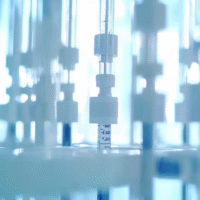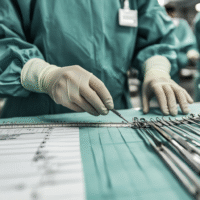Understanding the Study Results
This study looked at how teledermatology consultations (TCs) can help general practitioners (GPs) in Germany learn and improve their skills in diagnosing and treating skin conditions. Here’s what we found:
What Worked?
- Two-thirds of GPs found TCs helpful for making better diagnoses and treatment plans.
- More than half of the GPs felt more confident in diagnosing skin diseases after receiving feedback from dermatologists.
- Overall, the quality of TCs improved over time, especially for practices that started with lower quality scores.
What Didn’t Work?
- The study did not find any negative effects from using TCs; however, it highlighted that some GPs may need more training to maximize the benefits.
How Does This Help Patients and Clinics?
- Patients can receive quicker and more accurate diagnoses for skin issues.
- Clinics can improve their service quality by using TCs, leading to better patient satisfaction.
Real-World Opportunities
- Hospitals can implement teledermatology services to support GPs.
- Doctors can use TCs as a training tool to enhance their skills in dermatology.
Measurable Outcomes
- Track the number of TCs conducted and their quality scores over time.
- Monitor GP confidence levels in diagnosing skin conditions before and after using TCs.
- Assess patient outcomes and satisfaction related to skin treatments.
AI Tools to Consider
- AI-powered diagnostic tools can assist GPs in analyzing skin images and providing preliminary assessments.
- Telemedicine platforms with integrated AI can streamline the consultation process.
Step-by-Step Plan for Clinics
- Start Small: Begin by introducing TCs in a few practices to test the process.
- Train Staff: Provide training for GPs on how to use teledermatology effectively.
- Gather Feedback: Collect feedback from GPs and patients to understand the benefits and areas for improvement.
- Expand Gradually: Once the initial practices are successful, expand the use of TCs to more clinics.
- Monitor Progress: Regularly track the quality of TCs and the confidence levels of GPs to ensure continuous improvement.
For more detailed information, you can read the full research article here.




























